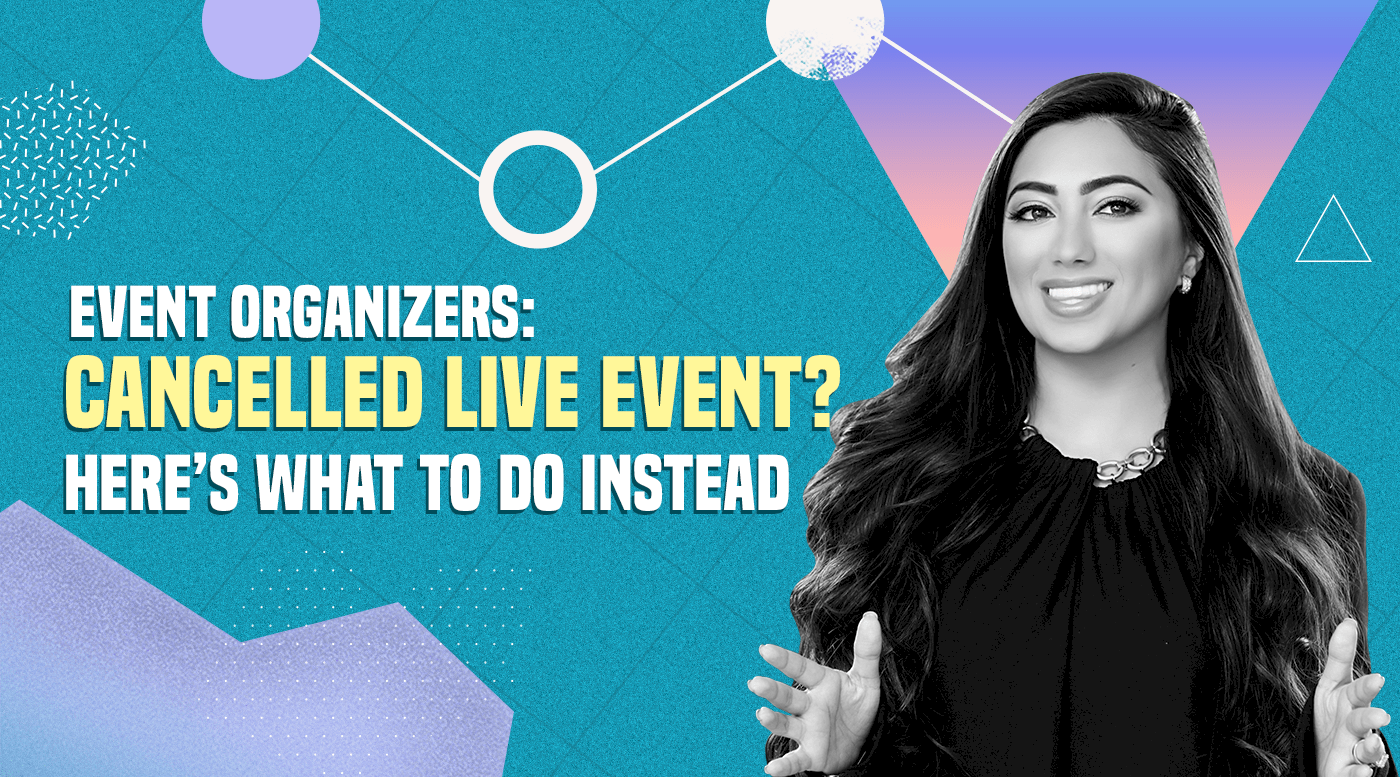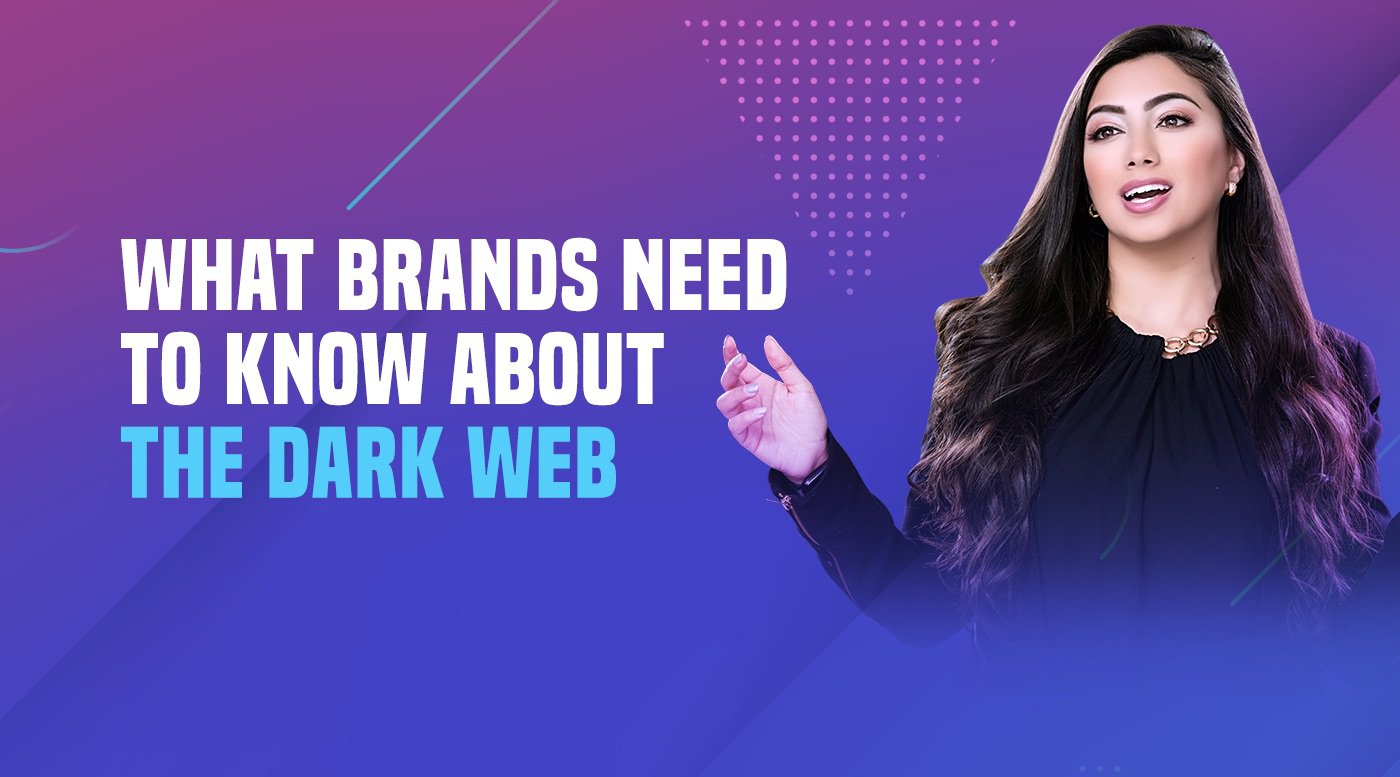How To Manage A Brand Crisis In 2020
Social media trolls, online misinformation, deceptive advertising—crisis management planners today must prepare for disaster to emerge from new and unexpected fronts, as well as from the more familiar ones.
These realities are requiring brands to learn new strategies for both preventing and dealing with potential crises. And fast. Here’s what brands need to know about crisis management in 2020.
First: Here’s what hasn’t changed
Before we dive into the new threats that businesses face from digital and social media sources, let’s take a look at what hasn’t changed.
Despite the countless high-profile brand crises we’ve all lived through (Volkswagen, Wells Fargo, Gucci, the list continues) many brands—even huge, established organizations that should know better—don’t plan effectively for a crisis until they’re smack in the middle of one.
Your crisis management efforts will be much more likely to go smoothly and prevent long-term damage if you already have a plan in place. That plan should include, among other things:
- How your organization defines a crisis (as opposed to a single bad PR moment)
- Pre-approved language that can be adapted for the situation
- Defined spokespeople who are approved to speak to media
- The crisis management team: designated staff people from each department who will take ownership and work together on the crisis response
- A response timeline—a majority of consumers today expect a response from an organization on social media within 1 hour of a crisis, according to a report by the social media safety company Crisp.
Now let’s look at what has changed.
Social media threats to brand-reputation are steeply on the rise
As social media’s role in branding, marketing, and the very fabric of business itself has grown, so too has its power.
According to Statista, in 2017 the average person spent 135 minutes per day on social networking sites. And more than half of consumers report using social media six times per day.
That means that a single deceptive or false statement made on social media about your brand has the power to reach thousands of people at an unprecedented speed. In fact, according to a study by the journal Science, information that is untrue spreads six times faster than true information.
Combine that with the fact that the fastest emotion to spread online is rage, and you’ve got a recipe for potential disaster. After all, nothing sparks outrage online like a report, true or not, of a corporation or corporate leader acting in a callous, discriminatory, irresponsible, or otherwise unacceptable manner.
Bad actors know this, of course, and capitalize on it when attacking a brand.
And as ridiculous as a fake or misinformed social post about your brand might be, you’ve got to be ready to respond as quickly as possible to prevent it from spreading further. Using Google Alerts or special software that monitors your brand mentions for potential crises is a good place to start.
Not taking a threat seriously is one of the fastest ways to ensure that it causes damage to your brand.
News of a crisis can spread much faster today than ever before—even before a brand is aware of it
Of course, news doesn’t have to be fabricated to spread like wildfire. While untrue information tends to spread faster than factual coverage, this doesn’t mean a bona fide brand crisis can’t turn into a runaway high-speed train.
Take the recent “hot mic” video of Justin Trudeau and other world leaders seemingly making fun of President Trump. Posted by the Canadian Broadcasting Corporation, the video was viewed more than 4 million times overnight. Major news outlets naturally picked it up, and it detonated like a nuclear media bomb.
While a brand crisis might not make the New York Times or Wall Street Journal, it can still go viral and reach tens of thousands or even millions of people. If you’re caught off guard because you weren’t monitoring your social media mentions closely enough, you could find yourself, like Troudeau, with an incredibly deep hole to dig yourself out of.
So what’s the bottom line here?
- Brands must monitor their social feeds and brand mentions closely, as a single false or negative claim has the power to spread to millions of people at a rapid rate.
- The first thing to remember is that what counted as a speedy response three years ago is slow today. Brands need to be ready to respond within minutes, ideally, and within hours at the very longest.
As with any crisis, a brand’s response should always be factual, measured, and respectful. If there was actual wrongdoing, that must be acknowledged, and a plan for action communicated. If there was no actual wrongdoing, and the crisis was manufactured, then brands must be ready to counter the fake claim by substantiating the truth and embracing even greater transparency.
Thankfully, ethical and transparent brands don’t face crises all that often. But when they hit, it’s imperative to be prepared and ready to mitigate the damage.









